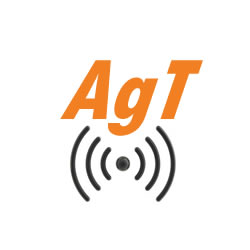Key takeaways
-
UK SME lending has fallen 20% in real terms over the past decade, leaving a £22bn funding gap.
-
Traditional credit data and manual processes keep viable firms locked out of finance.
-
Open Banking gives lenders real-time visibility of SME cashflow and affordability.
-
Consistent, complete and current data supports faster, fairer lending decisions.
The SME funding challenge
For the UK’s 5.5 million small and medium-sized enterprises, finance should be the fuel for growth. Yet Bank of England data shows that lending to SMEs
has fallen by 20%
in real terms over the past decade, leaving a £22bn
gap between demand and available funding.
Many lenders still base decisions on historic accounts, static credit scores and slow manual checks. These models are designed to manage risk, but they
can also exclude firms that are creditworthy today. As a result, viable businesses often struggle to secure capital at the moment they need it most.
The problem compounds over time. Research shows that 72% of SMEs that experience a loan rejection are discouraged from applying again, while 60% are unaware
of other finance options available to them. This has created a self-reinforcing cycle where banks avoid risk and businesses avoid applying.
Why Open Banking matters
Traditional credit assessments depend on backward-looking data. Open Banking provides a forward-looking alternative, using live transaction feeds from
business bank accounts to build a real-time picture of financial health.
Access to transaction-level data enables lenders to see cashflow, recurring income and expenditure patterns as they happen. That insight supports faster
and fairer lending decisions based on how a business is performing today rather than months ago.
For small firms, the benefits are immediate. Finance applications can be processed more quickly. Assessments reflect live affordability rather than static
scores. Firms with thin or limited credit histories can still evidence repayment capacity through day-to-day activity. Real-time data also enhances fraud prevention by highlighting anomalies at the point of application.
From funding gap to funding ready
To close the SME funding gap, lenders need consistent and current evidence of financial resilience. Open Banking provides that view, making it easier to
identify businesses with strong underlying performance even when traditional indicators appear weak.
Key data points include:
-
Up-to-date digital records from live bank feeds
-
Categorised transactions showing payroll, tax and supplier costs
-
Continuous tracking of cashflow to reveal seasonality and trends
-
Alignment between bank data, invoices and accounting records
-
Evidence of financial discipline through structured transaction data
When these data points are integrated into affordability models, lenders can make faster, more confident decisions and reduce the risk of rejecting viable
applications.
Towards smarter SME lending
The £22bn SME funding gap represents both a challenge and an opportunity. By using real-time financial data, lenders can move from periodic credit assessment
to continuous insight. That shift allows businesses to demonstrate their financial position more accurately and enables lenders to allocate capital more efficiently.
Open Banking improves trust, transparency and access in SME finance. With live, verifiable information, the lending process becomes more dynamic, evidence-based
and inclusive, helping more firms move from funding gap to funding ready.













